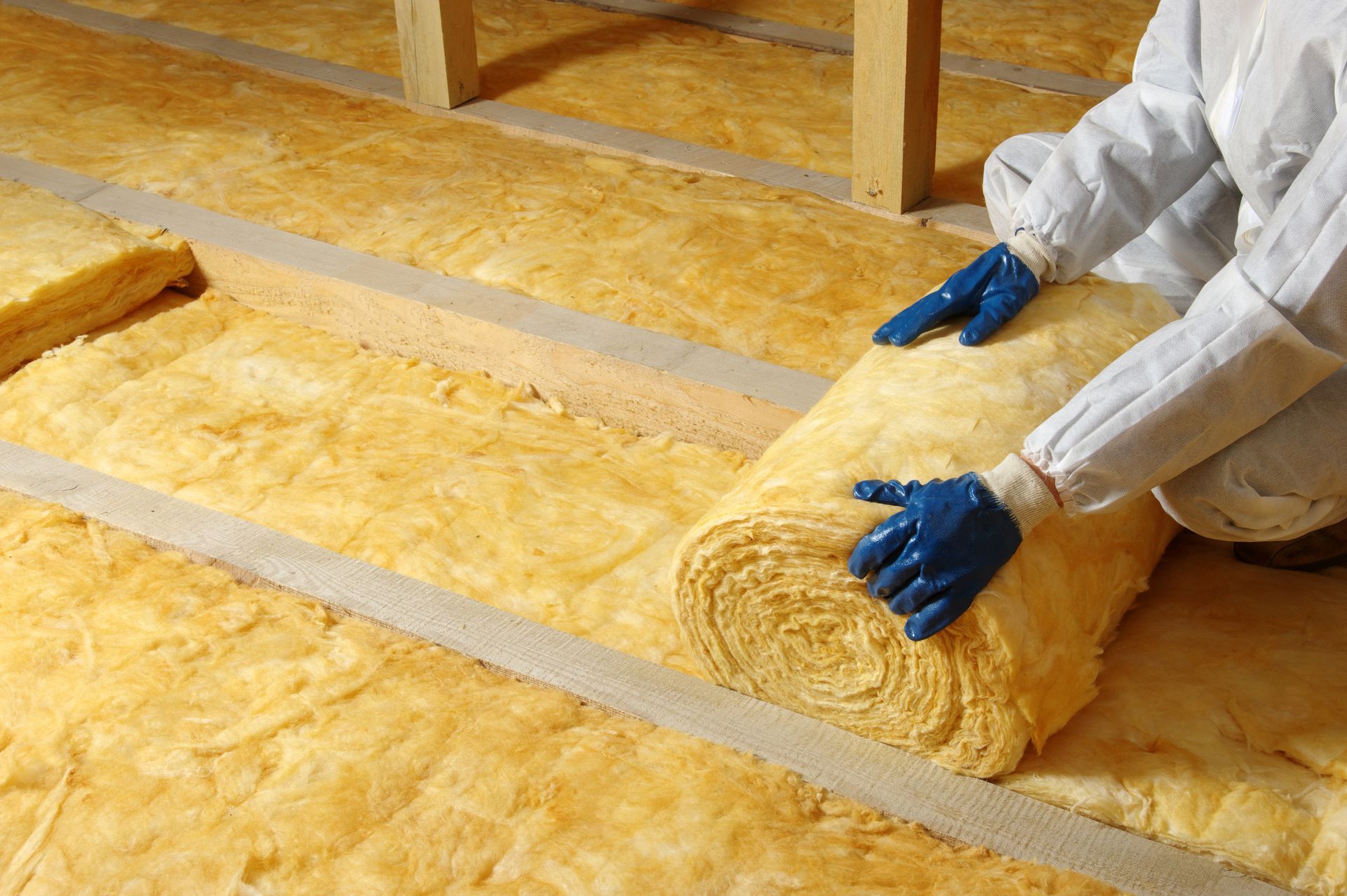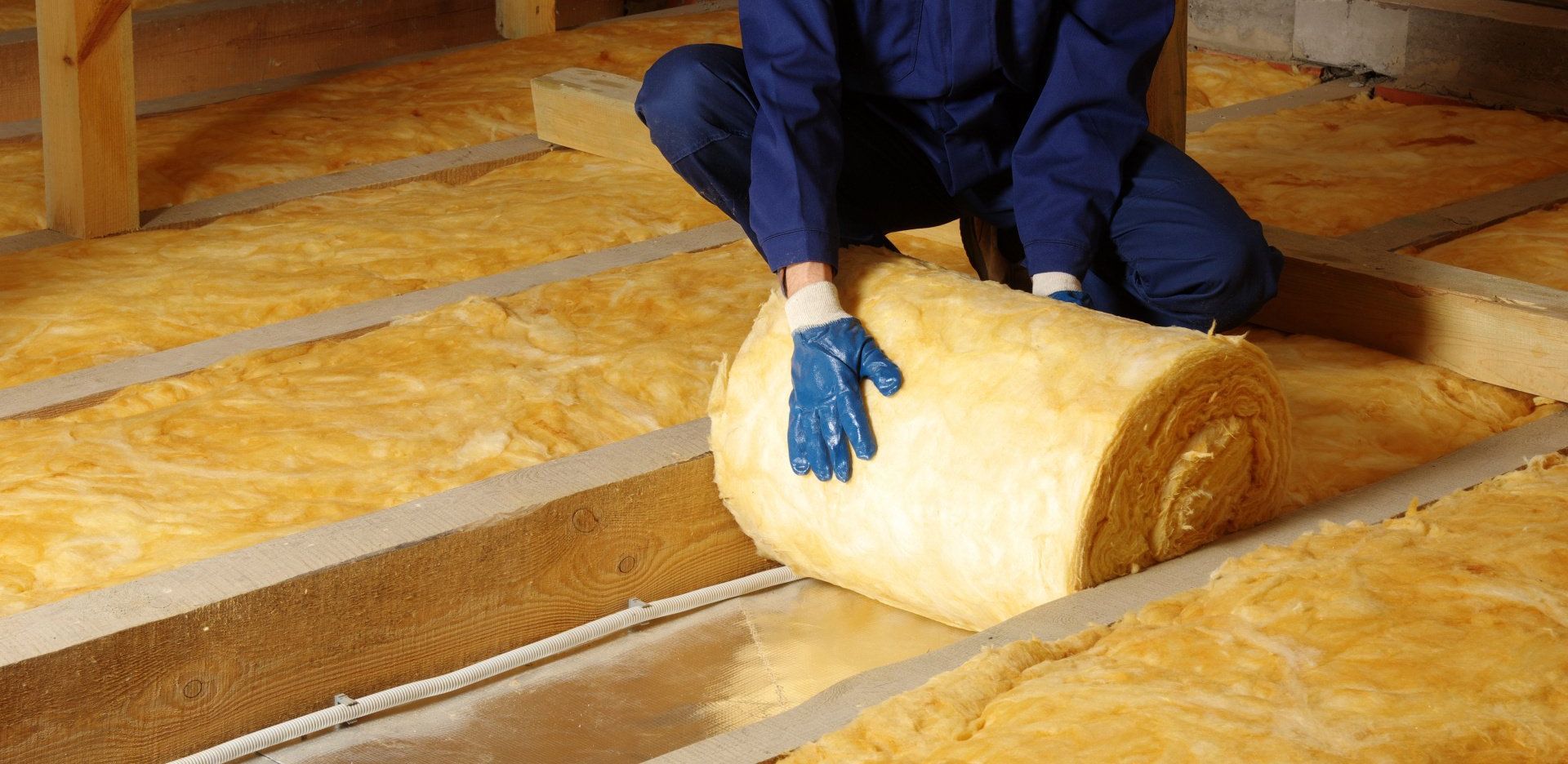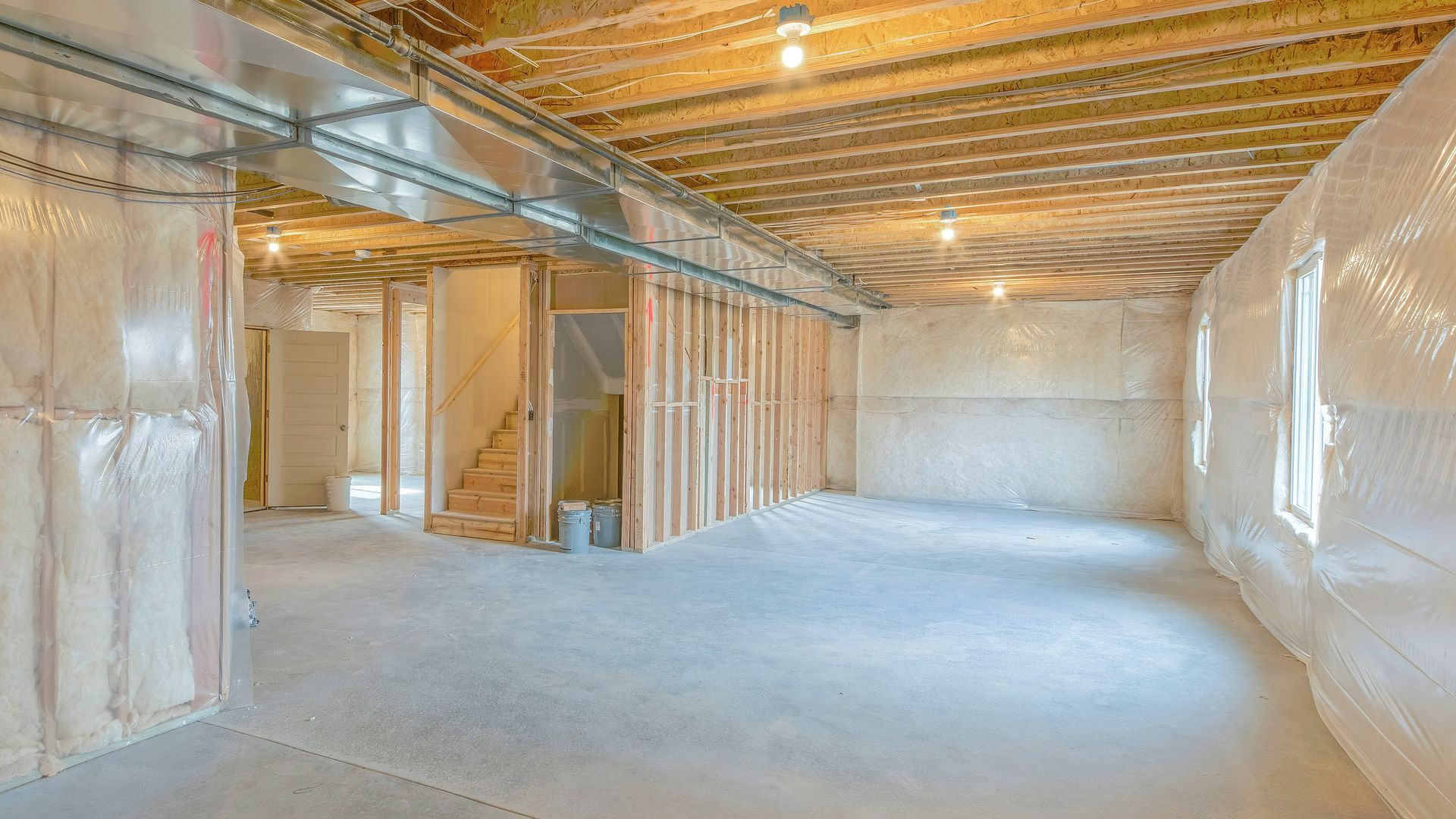Contact Us
Office Information
Location 165 Stafford St. Springfield, MA 01104
Office Hours 7am - 4pm
Need Service? Call (413)732-3922
High Energy Bills and Chilly Drafts? Learn The Signs of Bad Insulation in Your Home
Good insulation is more than just a barrier; it's a key player in maintaining a pleasant, energy-efficient home environment. But what happens when insulation falls short? That's where the problems begin.
Poor insulation is often the unseen culprit behind high energy bills and those pesky, chilly drafts that make your home feel less like a cozy haven and more like a drafty cabin. Understanding the signs of bad insulation is the first step in transforming your home into an energy-efficient and comfortable home.
Table of Contents
- Can Insulation Go Bad?
- Reasons Insulation Can Lose Effectiveness
- Top 10 Signs Your House is Poorly Insulated
- Recommended Fixes
Can Insulation Go Bad?
Yes, insulation can indeed go bad over time. Although most types of insulation - particularly fiberglass and cellulose - are designed to last for decades, they are not immune to degradation. Factors such as water damage, pest infestations, physical wear and tear, or improper installation can all impact the longevity and effectiveness of insulation.
The Lifespan of Insulation: Insulation is not immortal. Its effectiveness can diminish over years or decades, depending on the material used and the conditions in your home. For instance, fiberglass insulation can last up to 80-100 years under ideal conditions, but factors like moisture or pest interference can significantly shorten this lifespan.
Degradation Factors: Several elements contribute to the deterioration of insulation:
- Moisture: One of the biggest enemies of insulation is water. Whether it's from leaks, flooding, or high humidity, moisture can compromise the insulation's ability to resist heat flow, thereby reducing its effectiveness.
- Pests: Rodents and insects can nest in certain types of insulation, breaking down the material and contaminating it.
- Chemical Breakdown: Some insulation materials can break down due to chemical reactions over time, especially if exposed to certain pollutants or varying temperatures.
- Physical Disturbance: Renovations, wiring updates, or even just shifting house structures can disrupt the insulation, causing it to become less effective.
Top 10 Signs Your House is Poorly Insulated
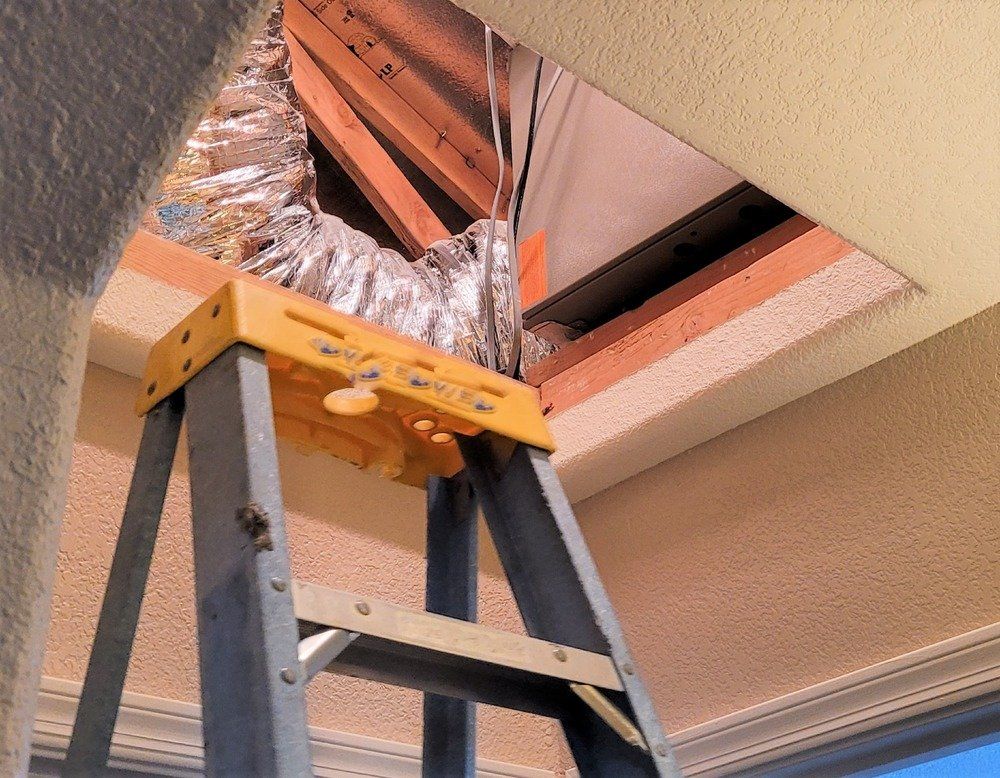
1 - High Energy Bills
One of the most common signs of bad insulation is unusually high energy bills, as heating and cooling costs can skyrocket when insulation is not doing its job.
Solution: Have a professional evaluate and potentially upgrade your insulation. This could involve adding more material or switching to a more effective type. Search "insulation contractor near me" and contact a professional in your area to schedule an energy audit or insulation inspection.
2 - Cold Drafts and Unevent Temperature
Certain rooms are significantly colder or warmer than others; drafts are noticeable. You may feel drafts while moving through your house, in specific rooms or by testing areas like placing your hand at near the top of a wall or near a window and notice a draft. These are signs that you have areas where the insulation may have settled, been damaged, or has gaps.
Solution: Seal gaps around windows and doors, and consider adding insulation to walls or attics where drafts are originating.
3 - Ice Dams on the Roof
Ice dams form when heat from your house melts the snow on your roof, causing the water to freeze again when it reaches the colder roof edges. This situation often signifies poor attic insulation, as too much heat is escaping from your home and reaching the roof.
Solution: Increase the insulation in your attic and ensure the attic is properly ventilated. This will help to maintain a cooler roof and prevent snow from melting and refreezing.
4 - Frozen Pipes
Frozen pipes in your home may indicate poor insulation in your walls. During winter, if the insulation is insufficient, the cold air outside can cause the water in your pipes to freeze, leading to potential bursts and water damage.
Solution: Add more insulation to the walls containing these pipes. You can also wrap exposed pipes with special insulating materials to protect them from the cold. If you live in a particularly cold climate like here in Western MA, you may need to use electrical heating tape in addition to insulation.
5 - Visible Wall or Ceiling Damage
If you notice unexplained stains, discoloration or mold growth on your walls or ceiling, it could be a sign of water infiltration caused by compromised insulation. Moisture can seep in and accumulate when insulation is insufficient or damaged, leading to these visible issues. Similarly, if the paint or wallpaper is peeling off, it may indicate that moisture is getting through due to poor insulation.
Solution: Carry out a professional insulation inspection, especially in the affected areas. If poor insulation is the cause, adding or replacing insulation may be necessary. Additionally, it is crucial to address the source of the moisture to prevent further damage.
6 - Inconsistent Heating and Cooling
Fluctuating temperatures throughout your home could be a sign that your insulation is not performing optimally. Some rooms may feel unusually warm while others remain distinctly cooler, a result of heat escaping through poorly insulated areas. This inconsistent heating and cooling in different areas of your house is a clear indicator that your insulation may need attention.
Solution: Have a professional perform an energy audit or insulation inspection to pinpoint the areas with inadequate insulation. Increasing the insulation in these specific areas can help ensure consistent temperature control throughout your home.
7 - Pest Infestations
Insulation offers an ideal nesting material for various pests such as rodents, termites, and insects. If you're noticing signs of pest infestations, like droppings or the sound of scurrying in the walls, your insulation might have been compromised. This is because pests can damage insulation by burrowing through it, leading to a decrease in its effectiveness.
Solution: Reach out to a pest control professional to eradicate the infestation. Following this, have the insulation inspected, removed and replaced if necessary. To prevent future invasions, consider using pest-resistant insulation materials and ensuring that your home is properly sealed against pests.
8 - Wet Insulation
Moisture can come from a variety of sources, such as leaks, high humidity, or inadequate ventilation. Wet insulation has reduced effectiveness, meaning it's less capable of resisting heat flow and maintaining a consistent temperature in your home.
Solution: Identify and fix the source of the moisture problem. This could involve repairing leaks, improving ventilation, or reducing humidity levels in your home. Once this is done, you should replace the wet insulation, as it may also be prone to mold and mildew growth. Reach out to a professional to undertake an insulation inspection and replacement.
9 - Musty Odors
Often, bad insulation can be detected by a persistent musty odor in your home. This smell can often be associated with dampness and mold, which can proliferate when insulation is inadequate or compromised by moisture. If you notice a persistent, unexplained musty smell, it may be a sign that your insulation is in need of inspection and potentially, replacement.
Solution: Inspect insulation typically in the attic or basement, for signs of moisture damage or mold growth. If you find any damaged or wet insulation, replace it immediately and address the source of the problem to prevent long-term issues. A professional can assist in identifying and addressing potential sources of moisture and providing recommendations for proper insulation maintenance.
10 - Mold and Mildew Growth
Mold and mildew growth in your home is a strong indicator of moisture problems, often linked to poor insulation. These fungi thrive in damp environments and can cause health issues as well as structural damage to your house. If you observe any signs of mold or mildew, such as discolored spots on your walls or a musty smell, your insulation might be the culprit.
Solution: Hire a professional to inspect your home for mold and mildew, focusing on areas where insulation is present. If they find any compromised insulation, it should be removed and replaced with new, moisture-resistant material. Addressing the source of the moisture is also vital, which could entail fixing leaks, improving ventilation, or using a dehumidifier. Regular inspections and maintenance can help prevent mold and mildew growth in the future.
The Importance of a Well-Insulated Home
A well-insulated home is not only about comfort, but also about energy efficiency and health. Proper insulation ensures a consistent indoor temperature, reducing the need for excessive heating or cooling, and consequently, lowering energy bills. If you are noticing any of the signs above, contact the insulation professionals at Urban & Sons Insulation in Springfield, MA.
Our experts can perform an inspection, identify any issues with your insulation and provide effective solutions to keep your home comfortable and healthy. Get started online or call our office at (413) 732-3922
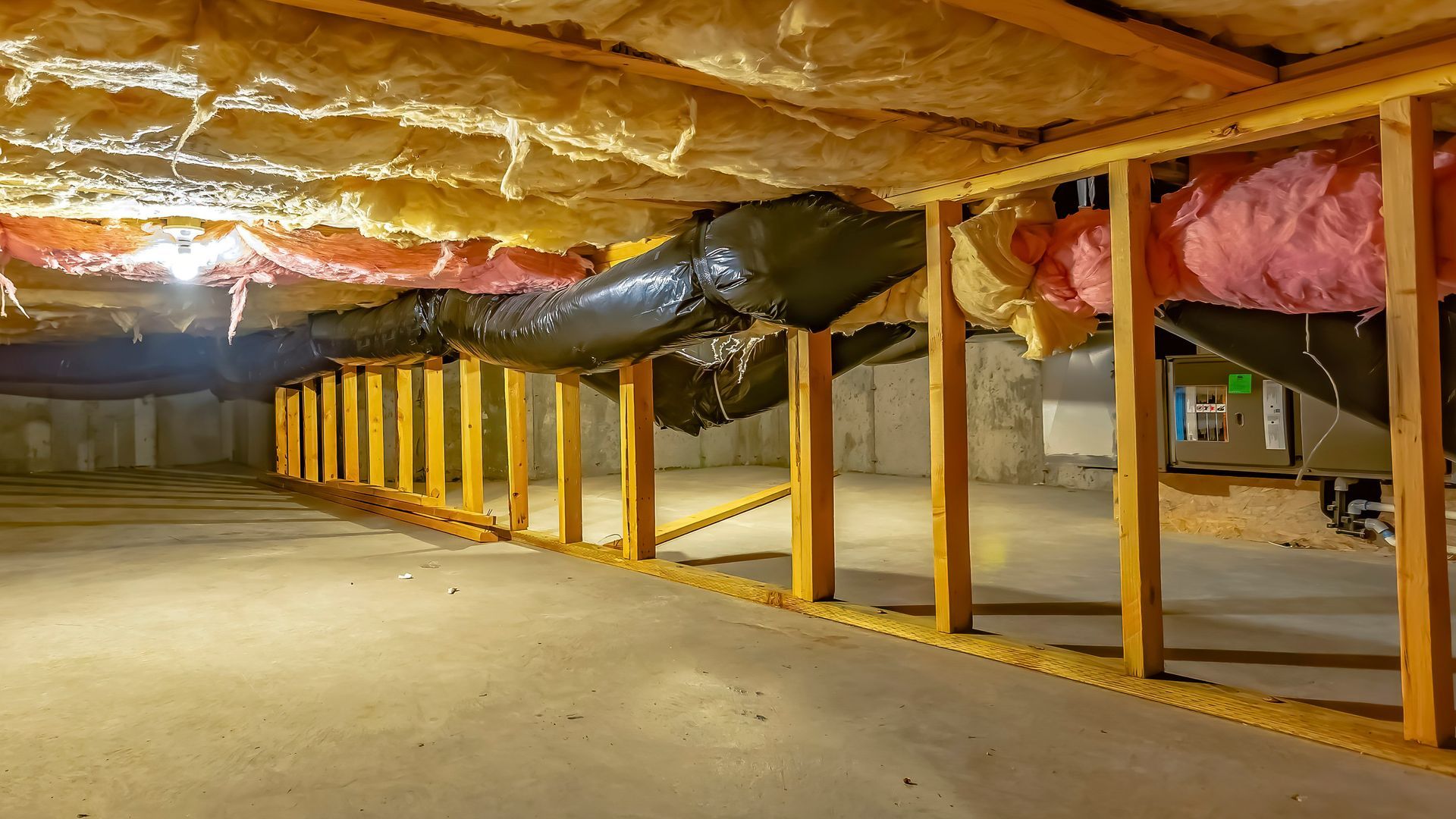
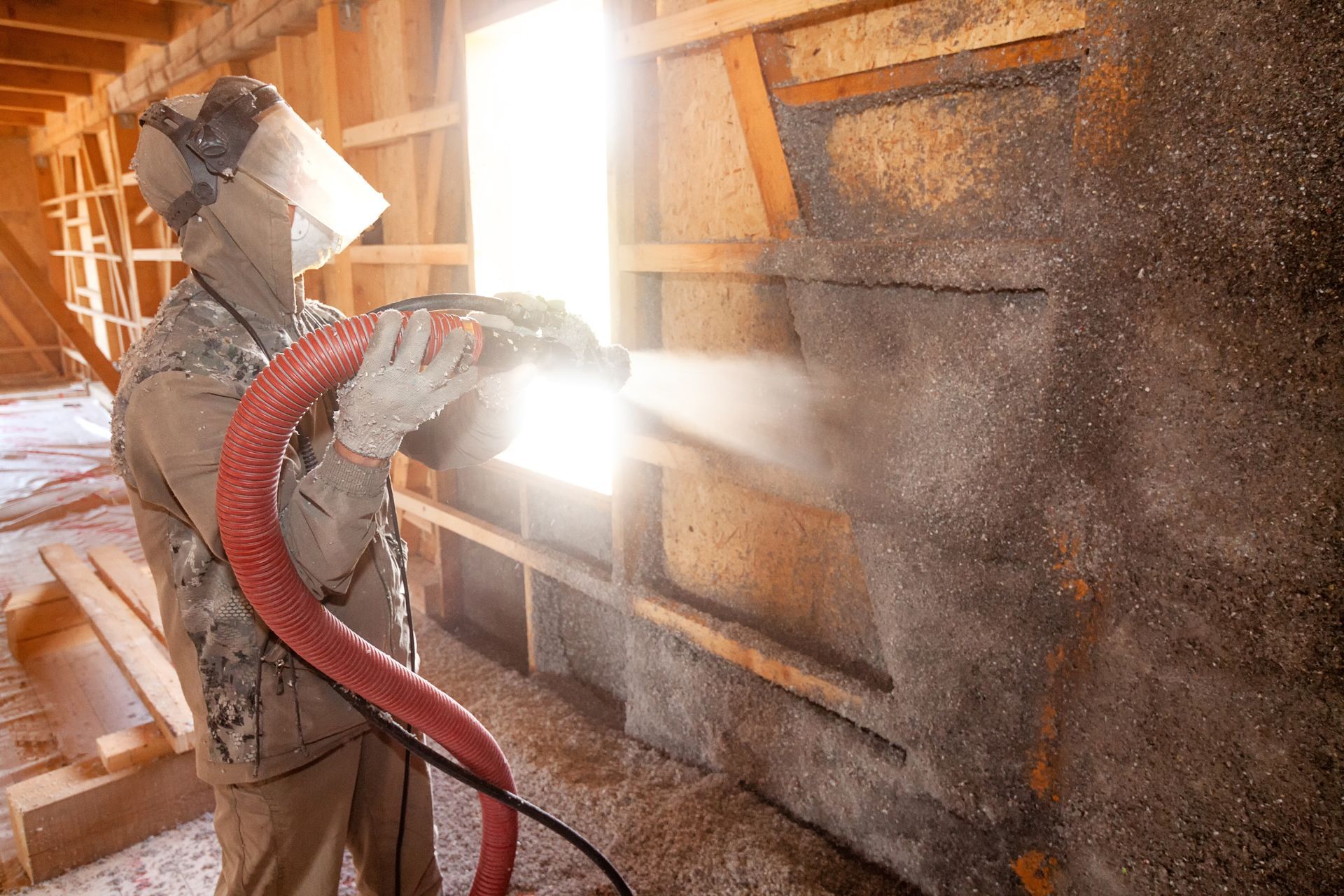
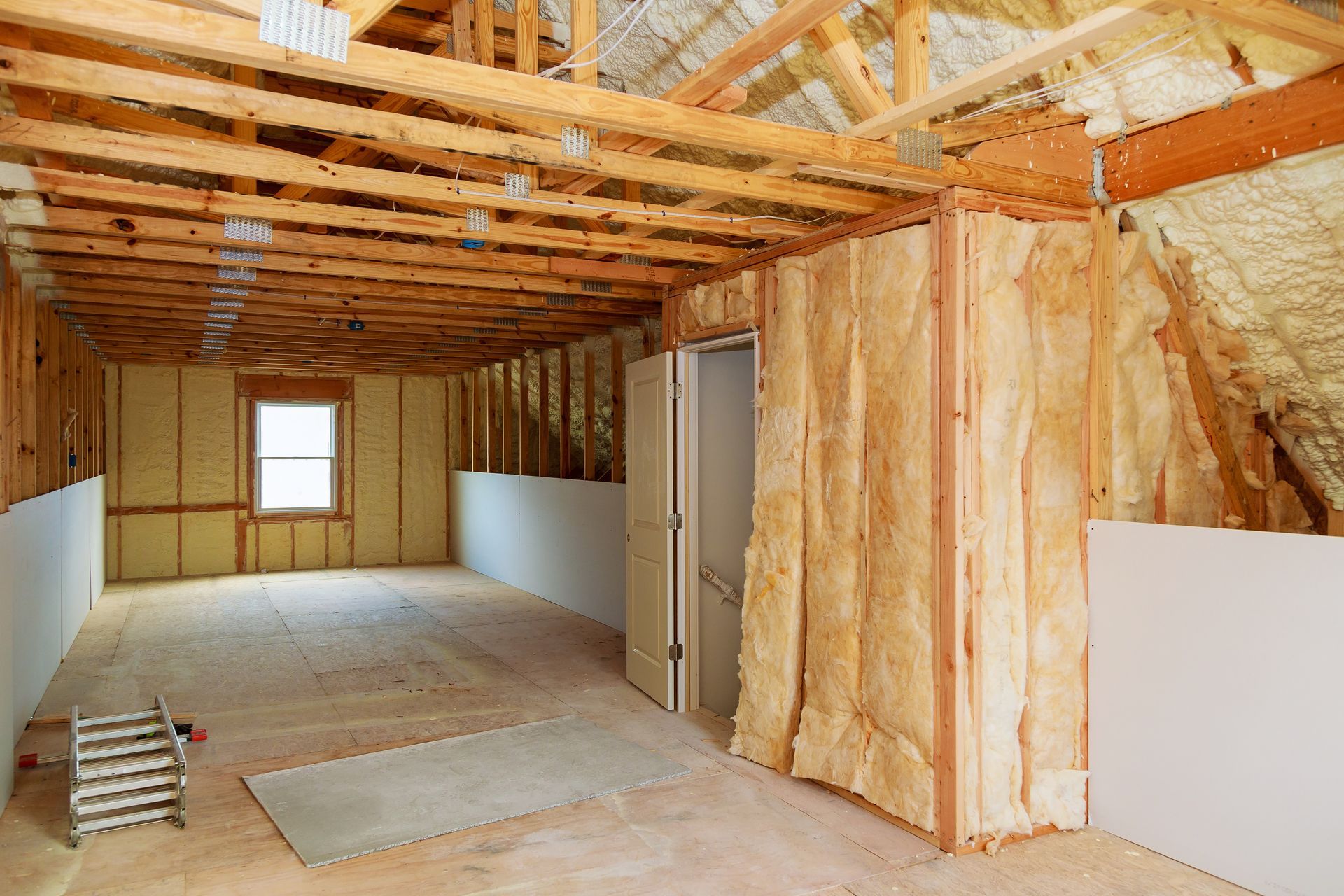
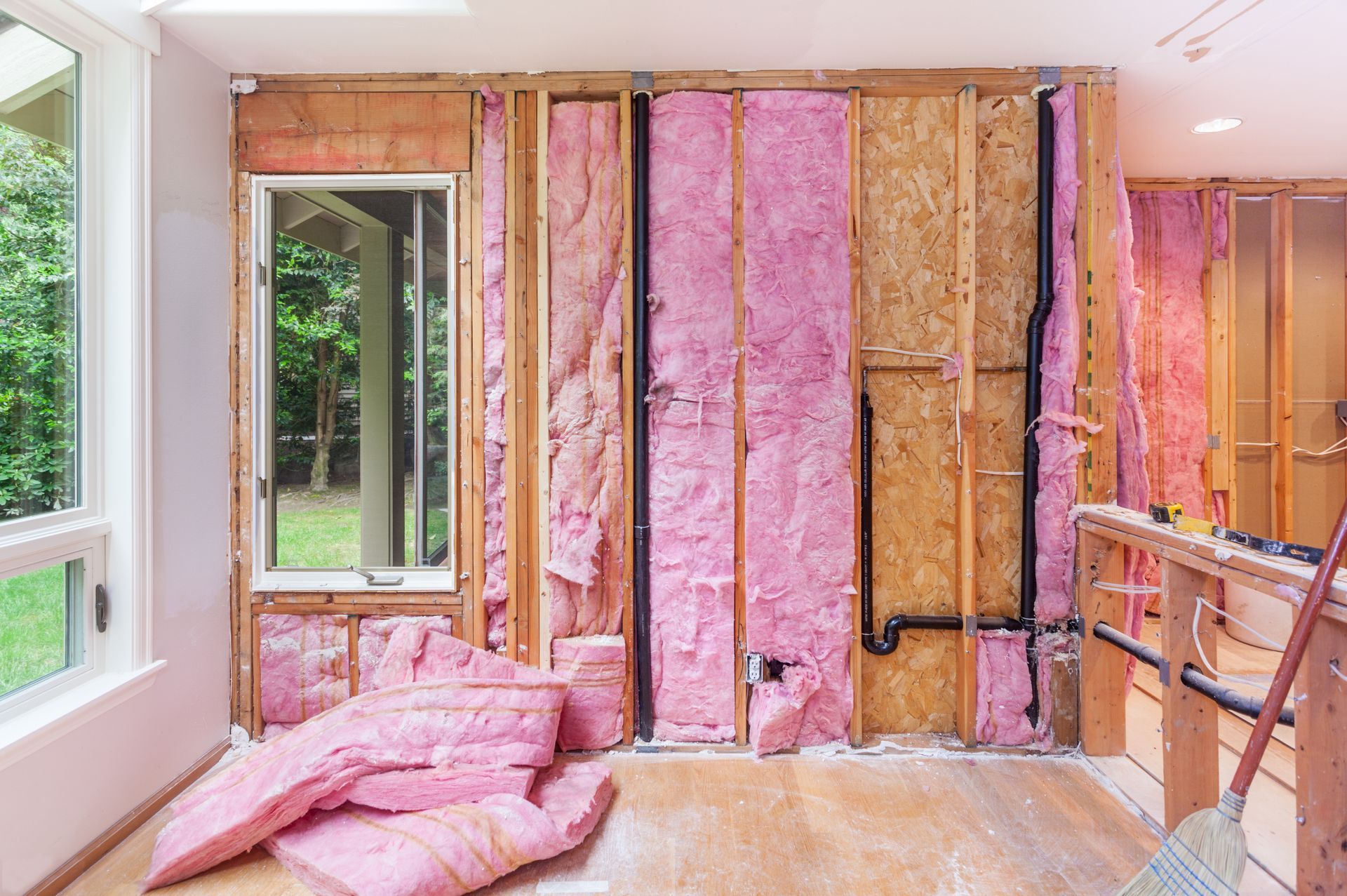

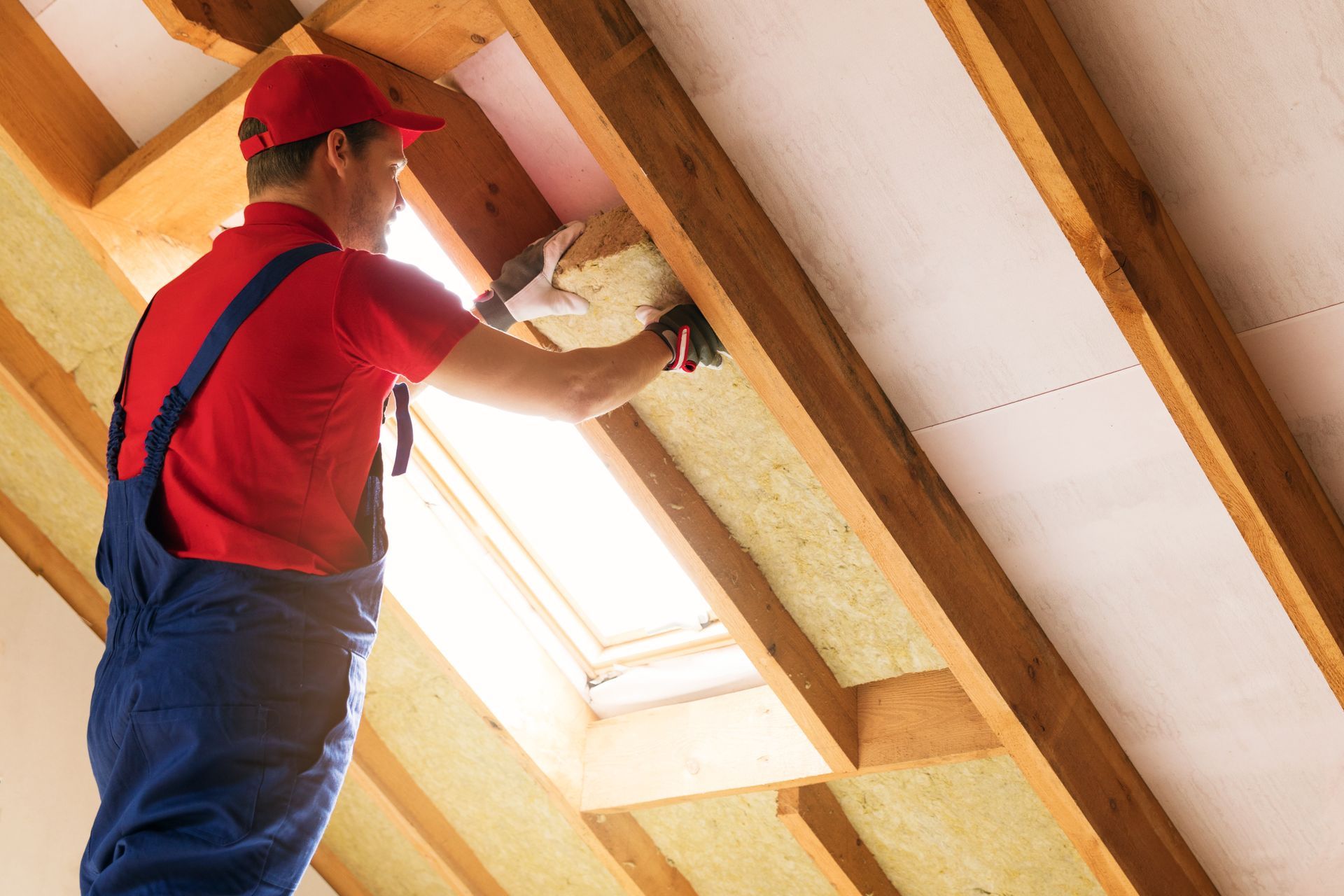

About
HIC# 100590
Since 1982, Urban & Sons Insulation has been providing quality insulation services to homeowners and businesses throughout Western Massachusetts. We offer expert insulation services, including blown-in insulation, spray foam insulation, and radiant barrier installation.
Quick Links
Resources


